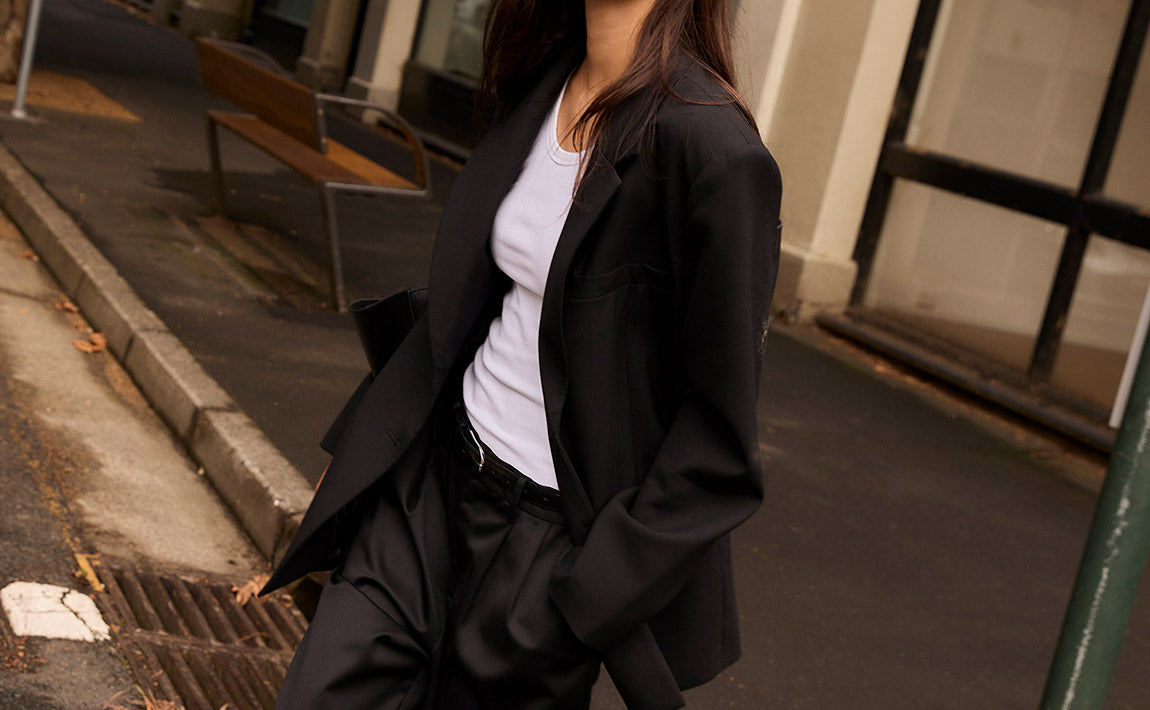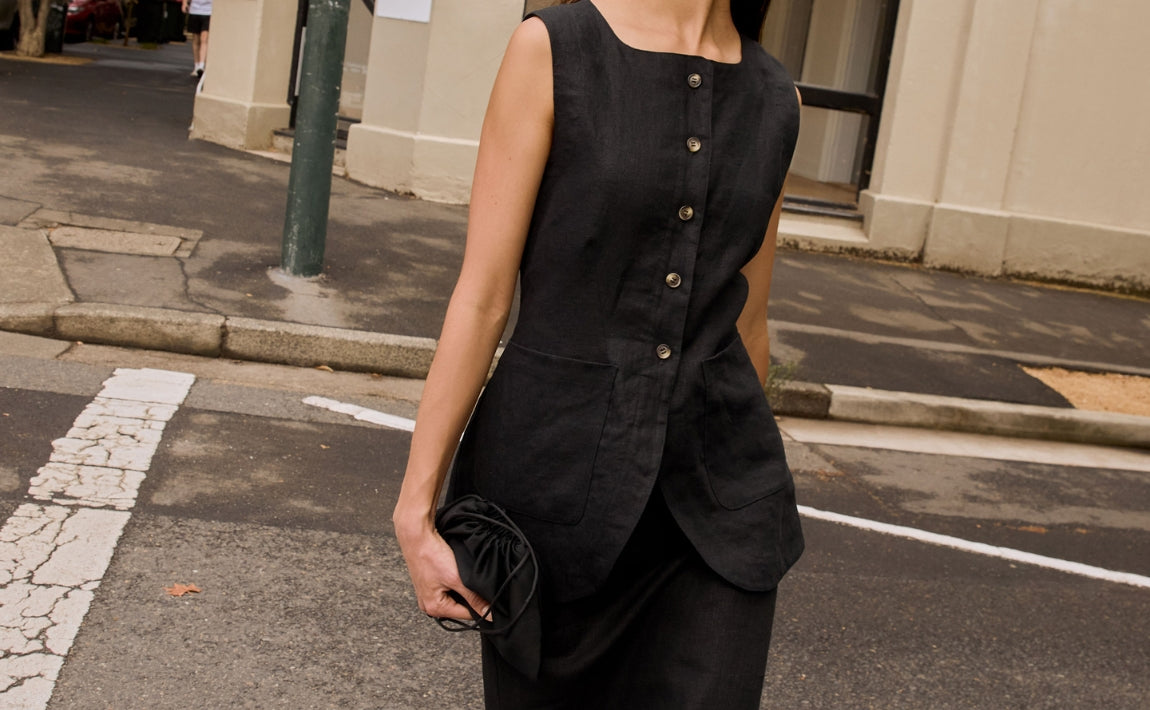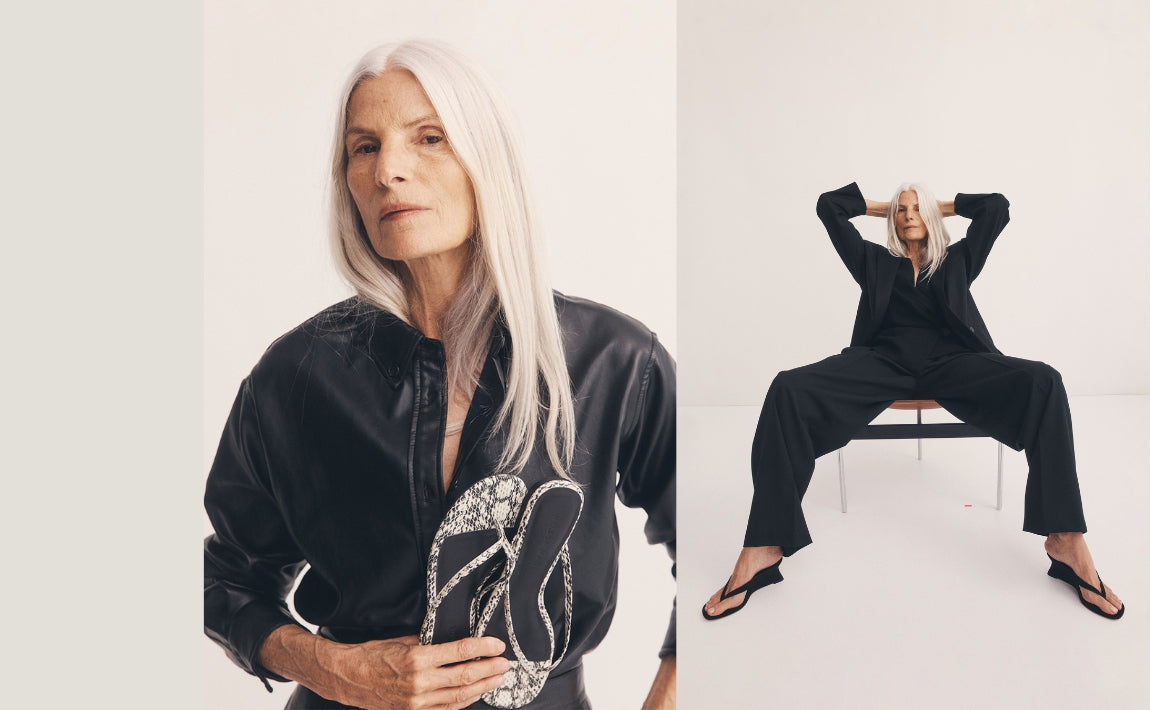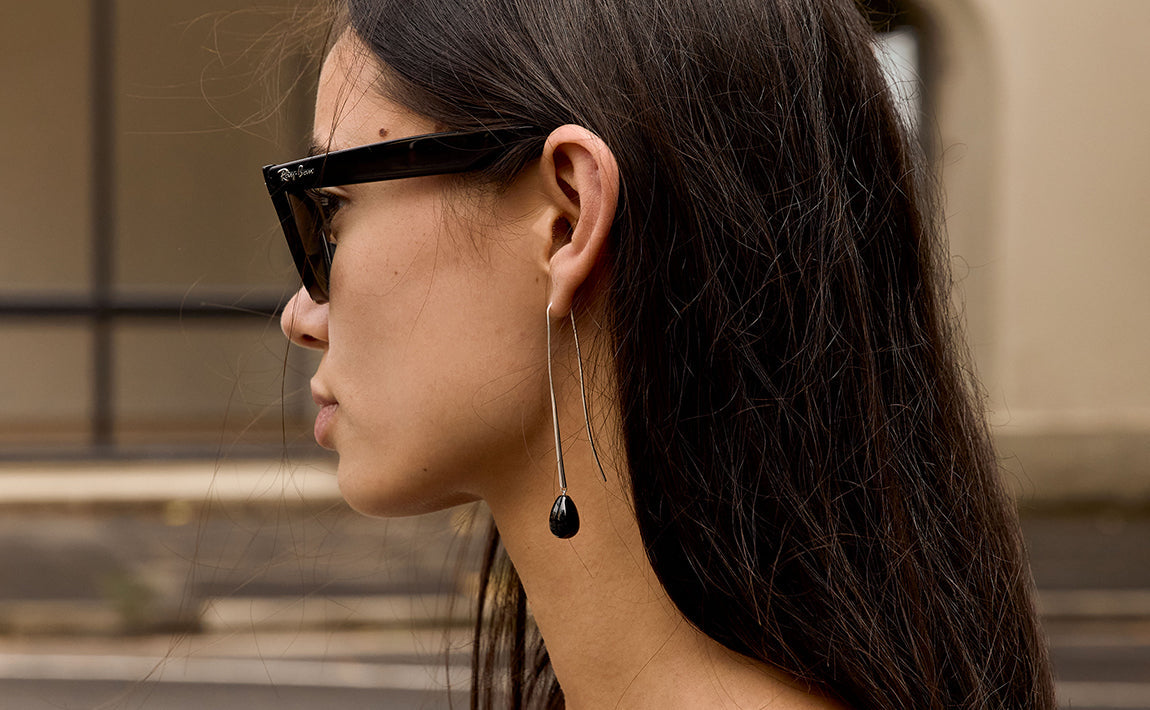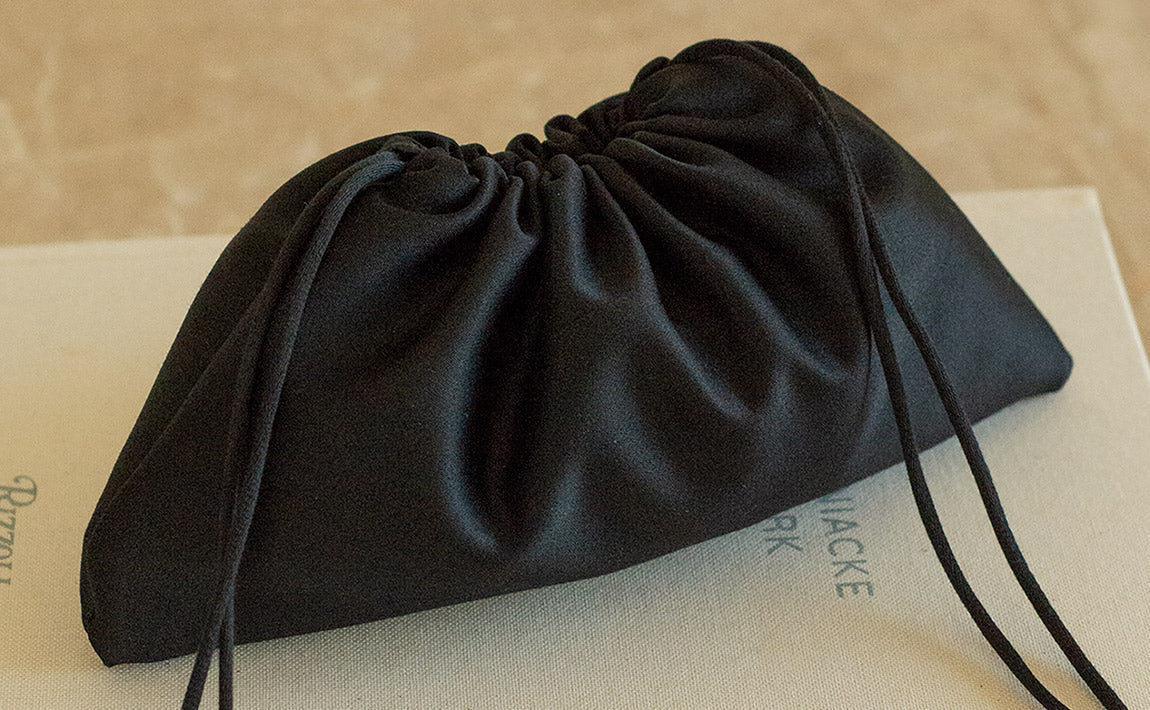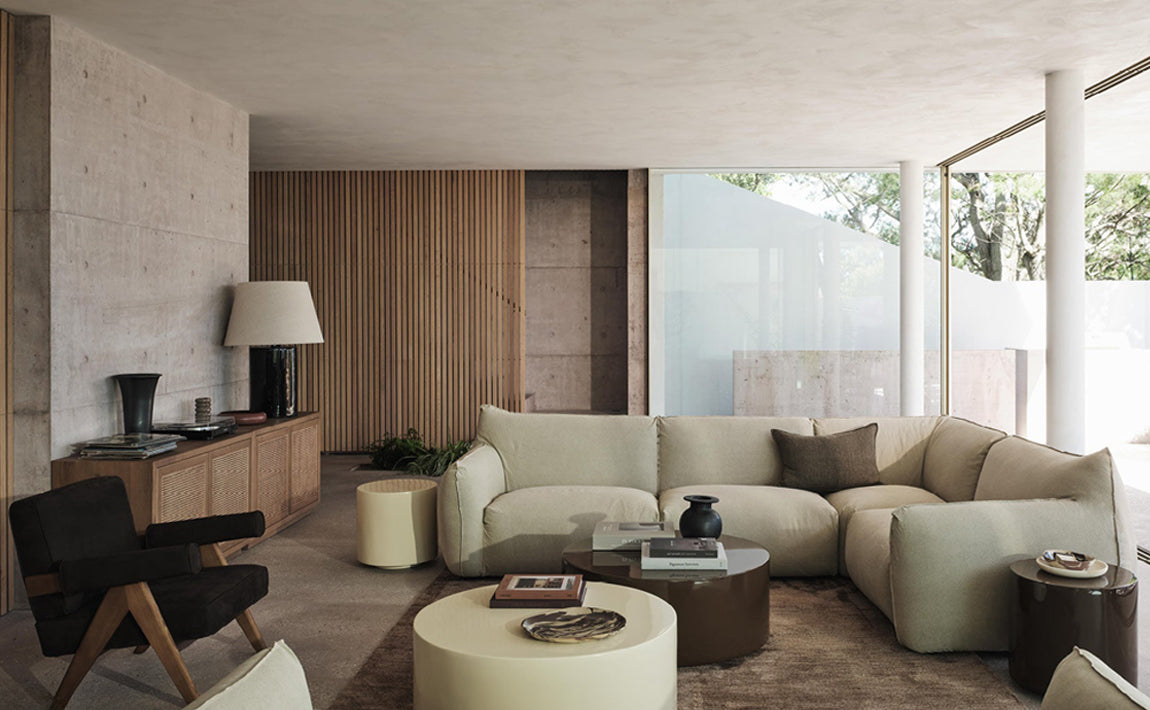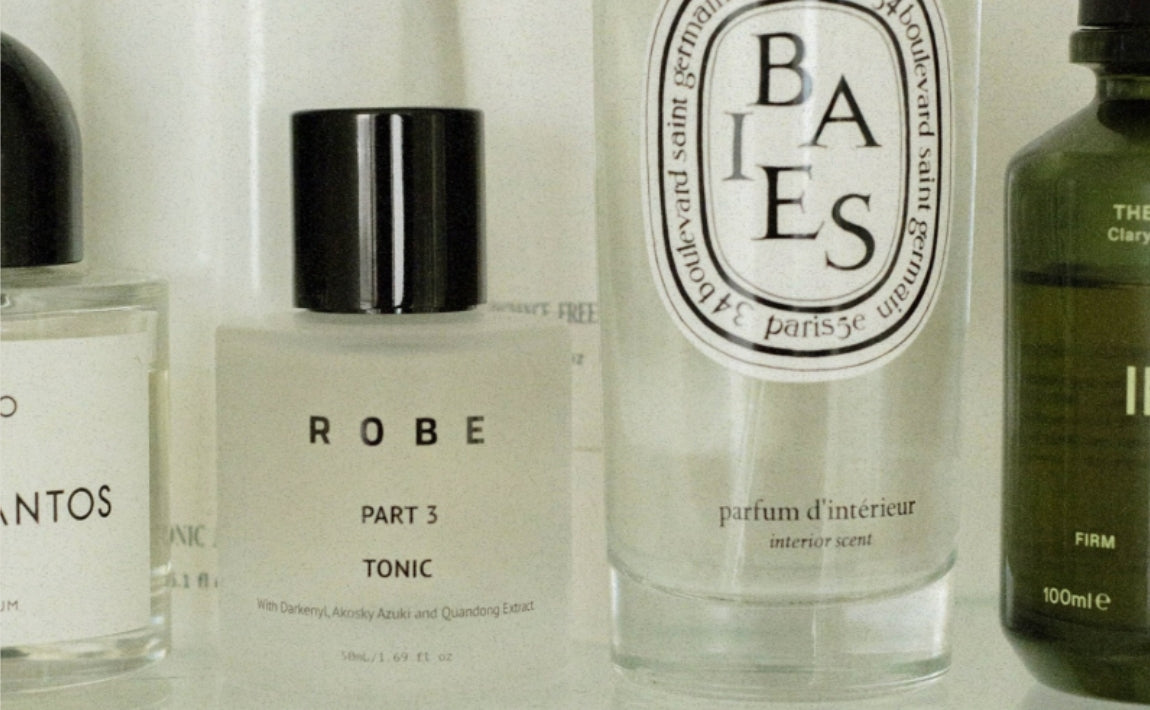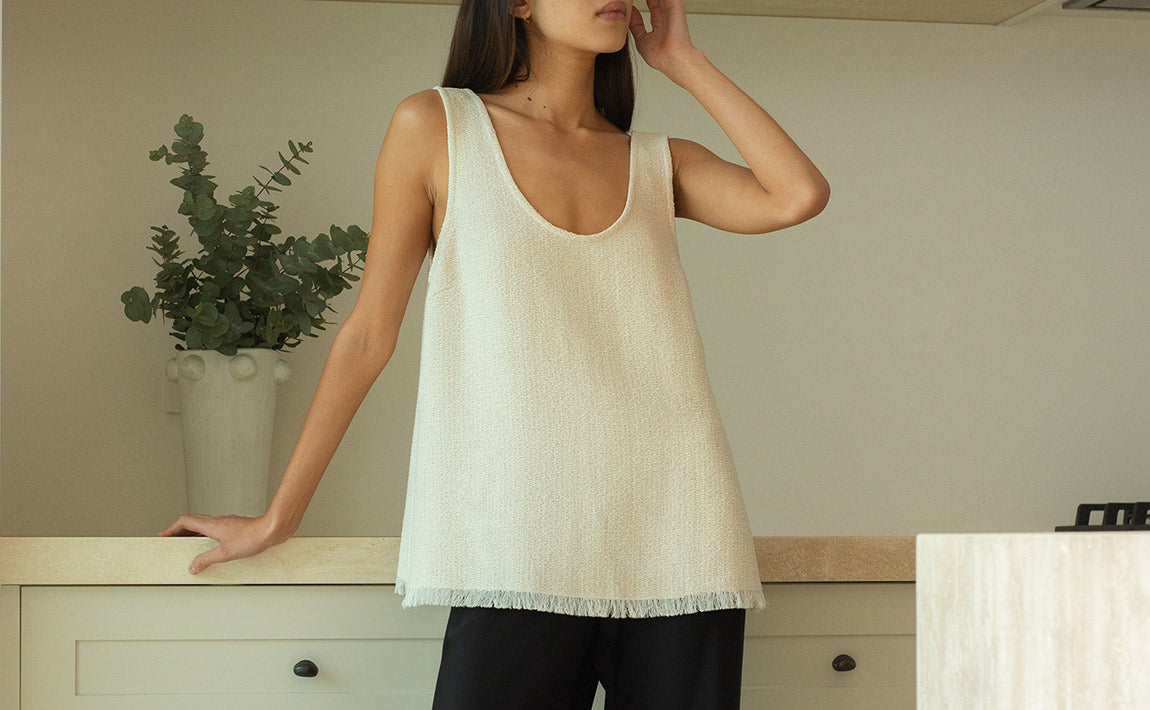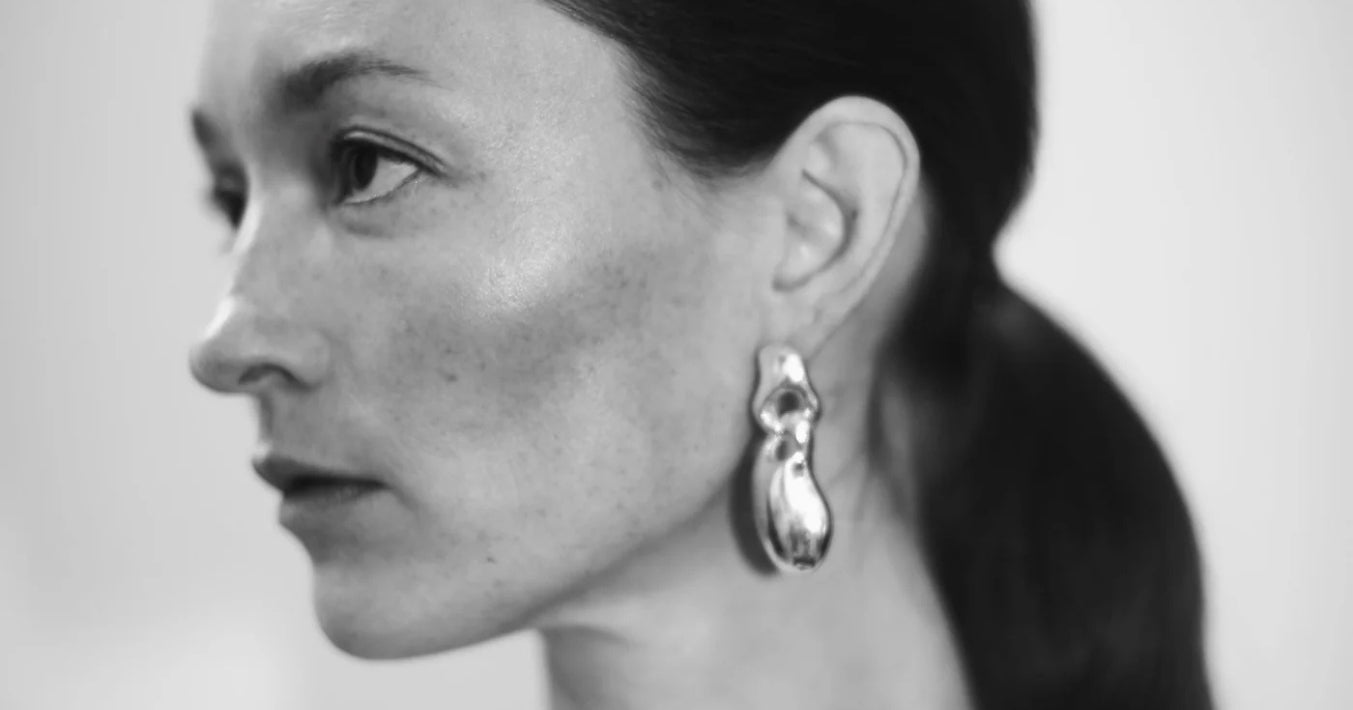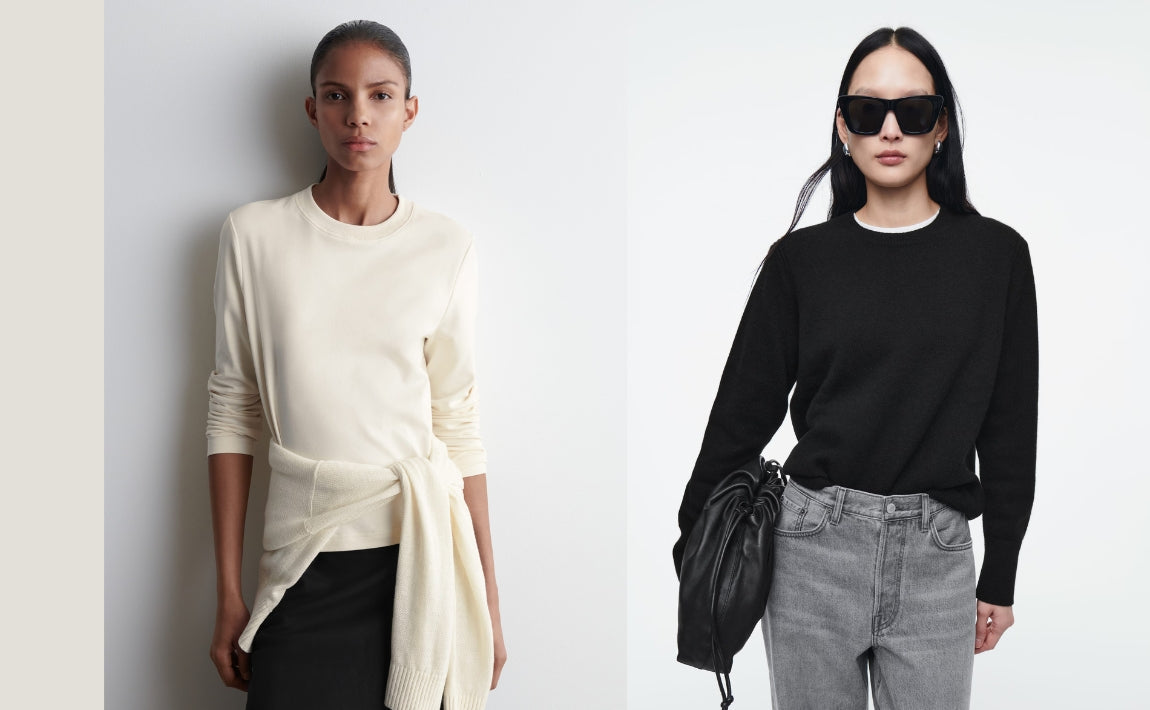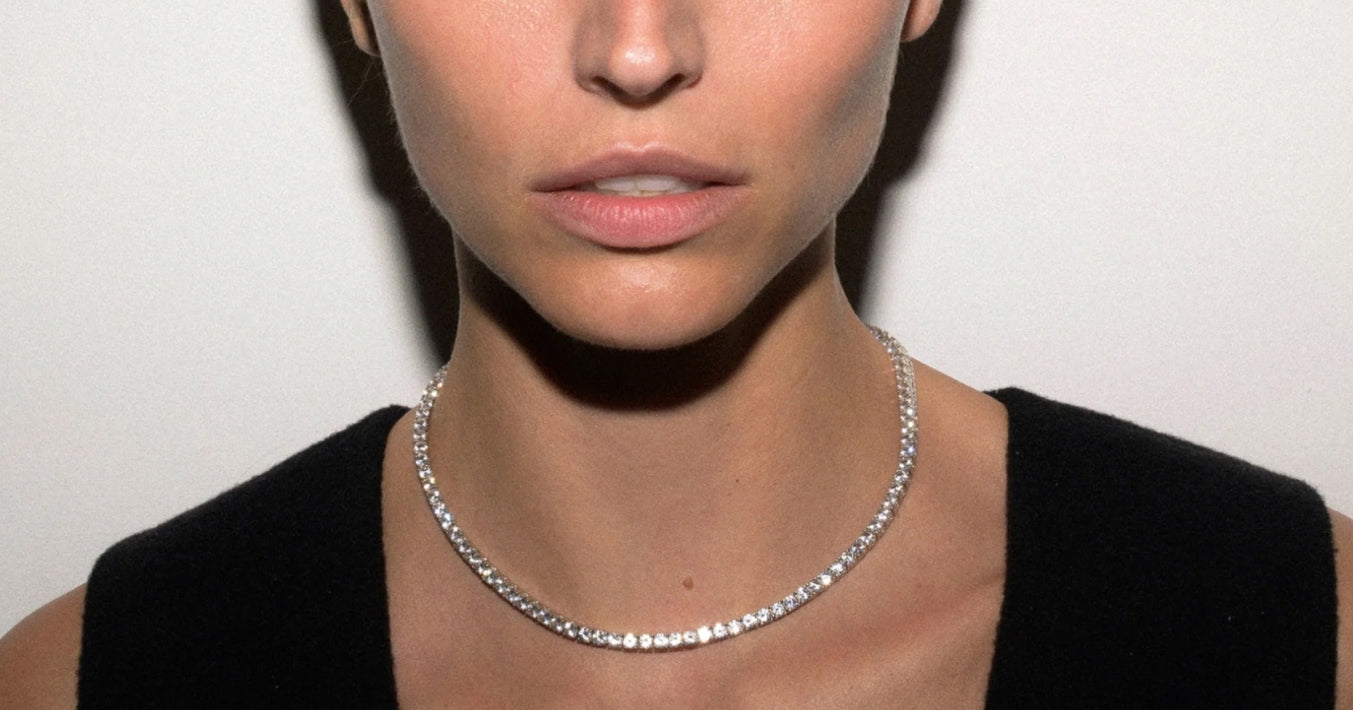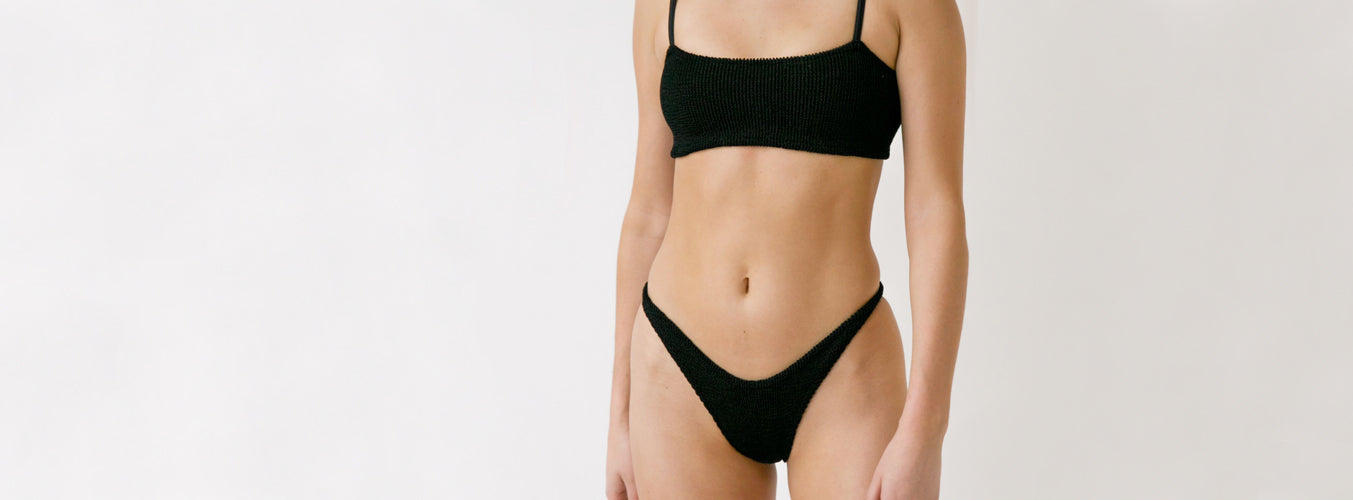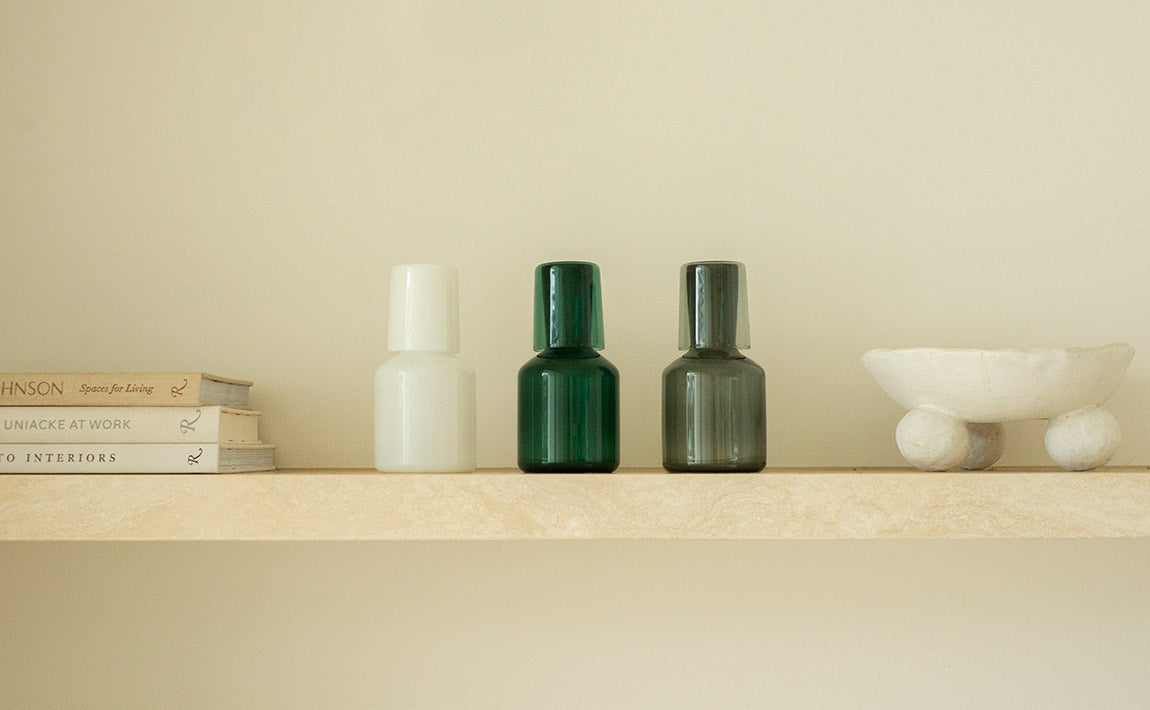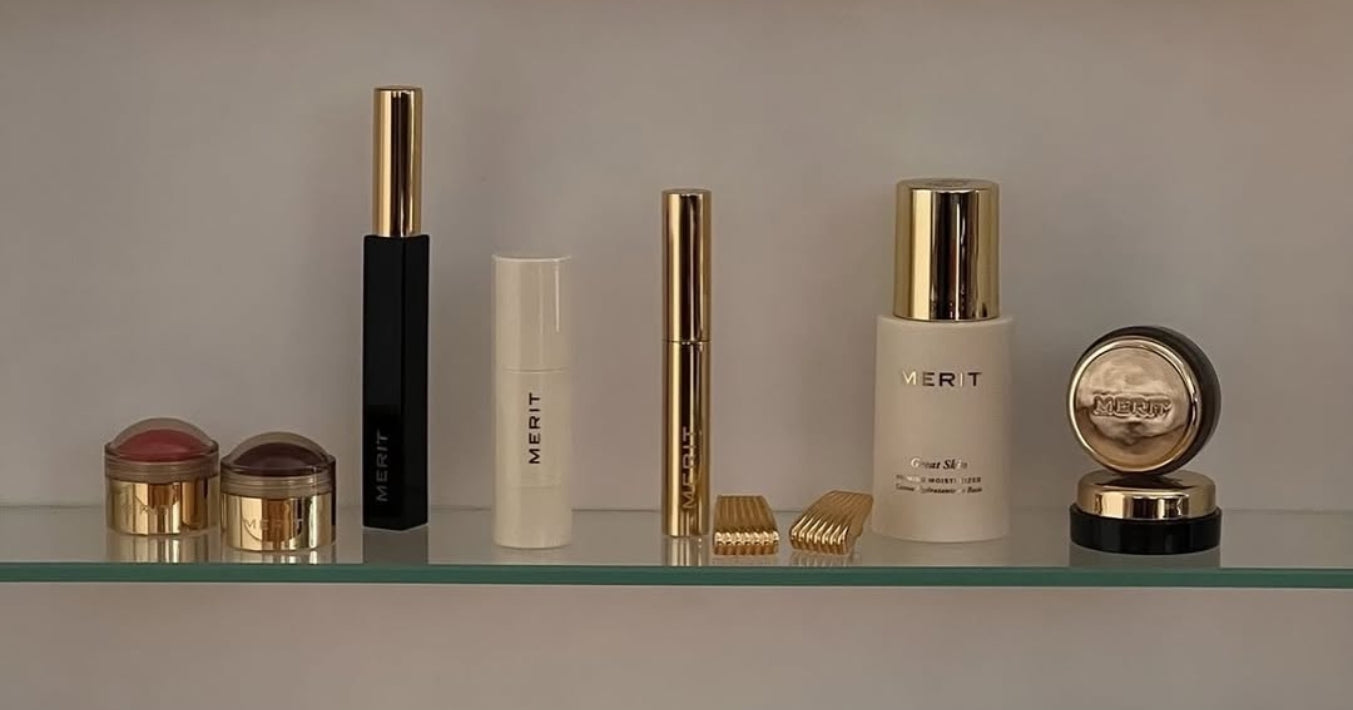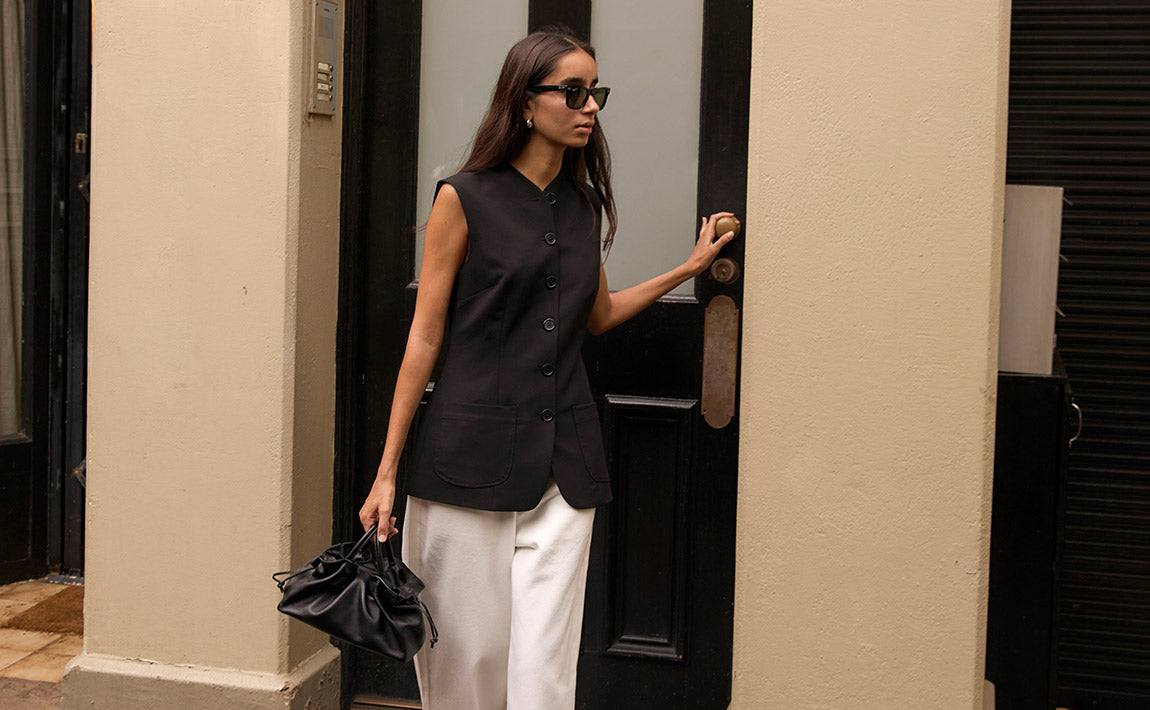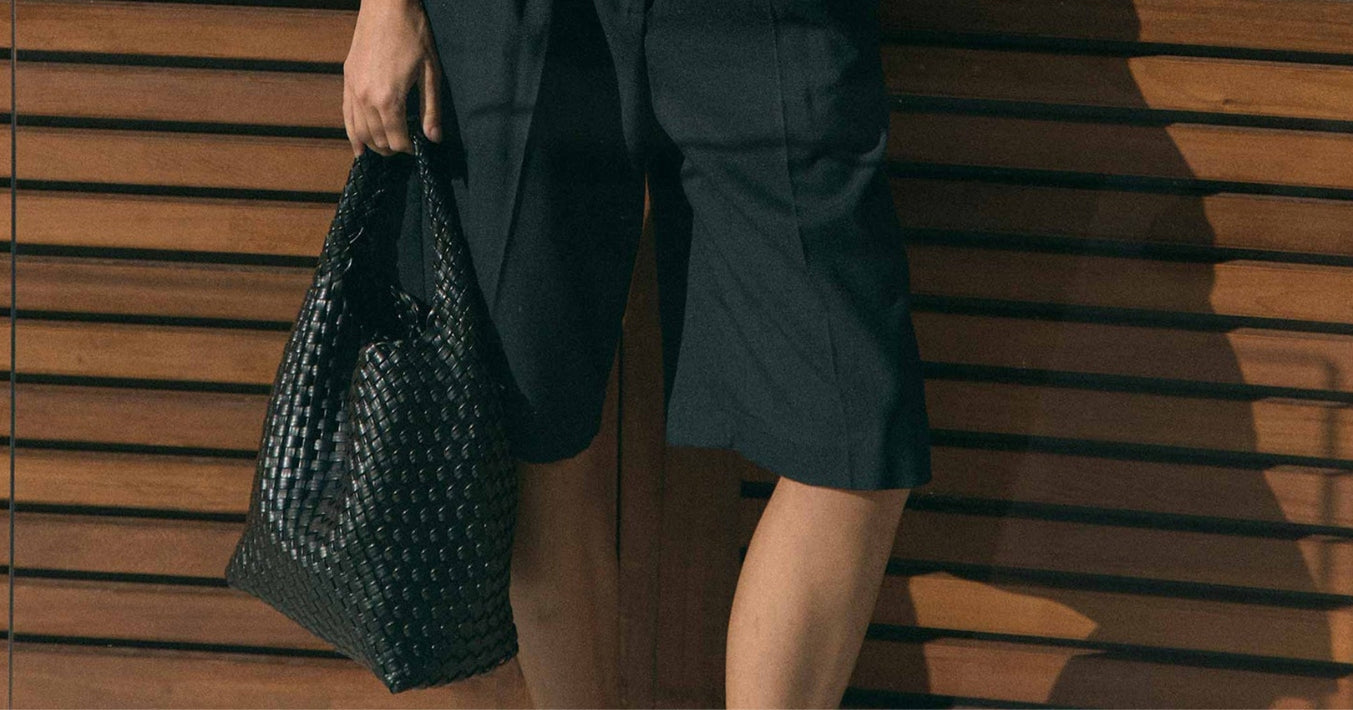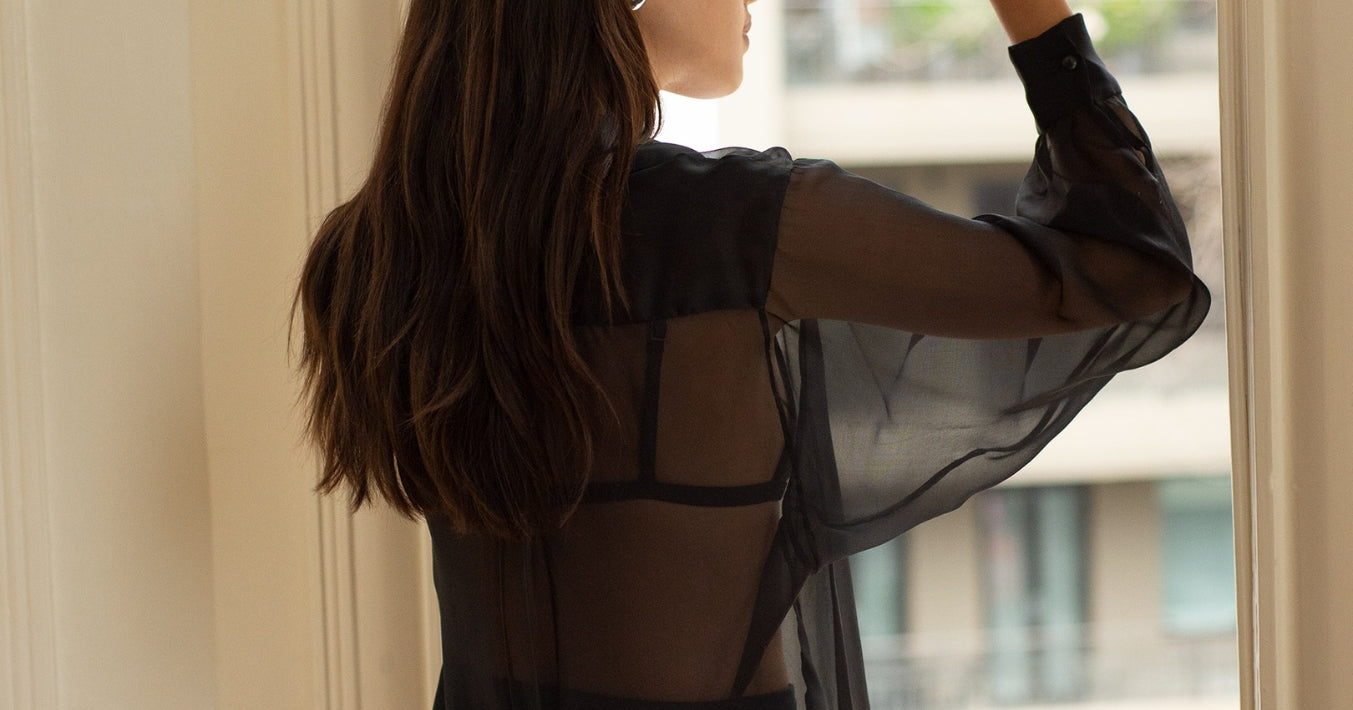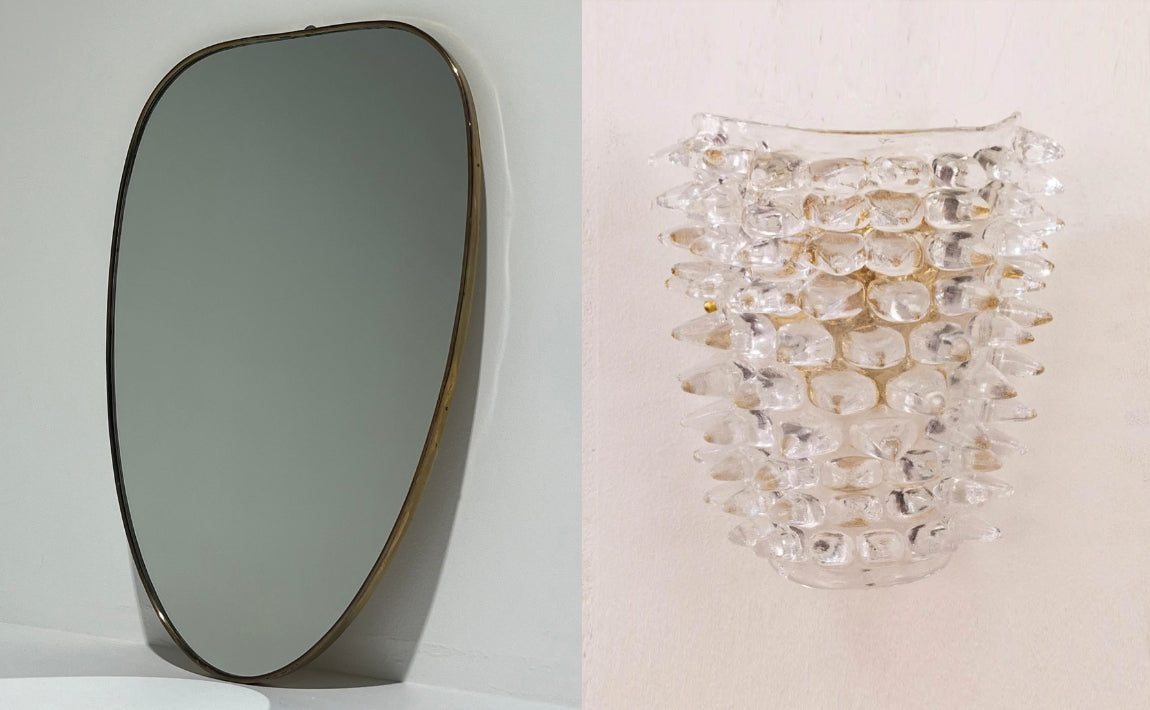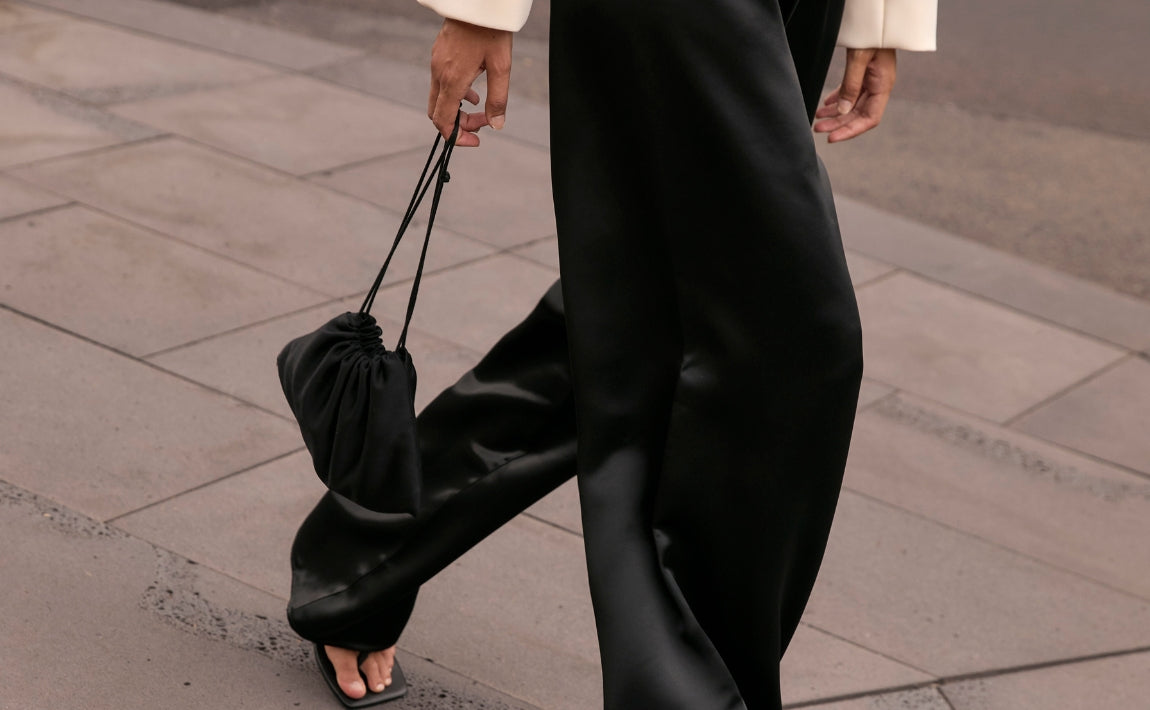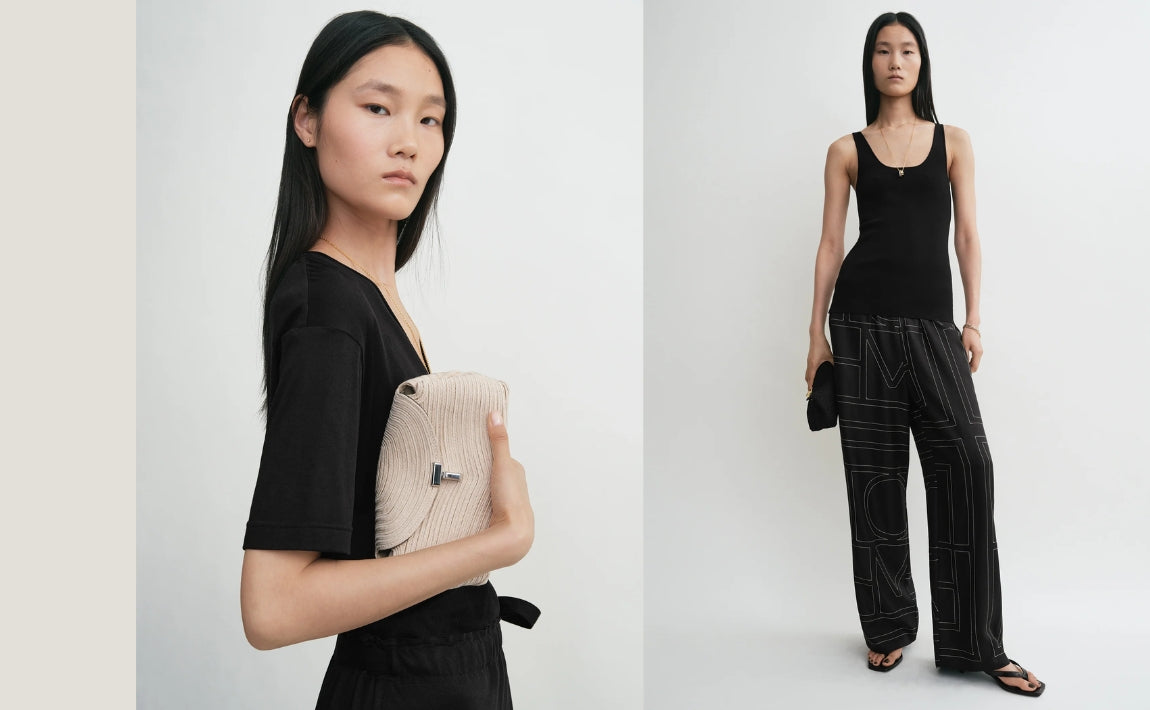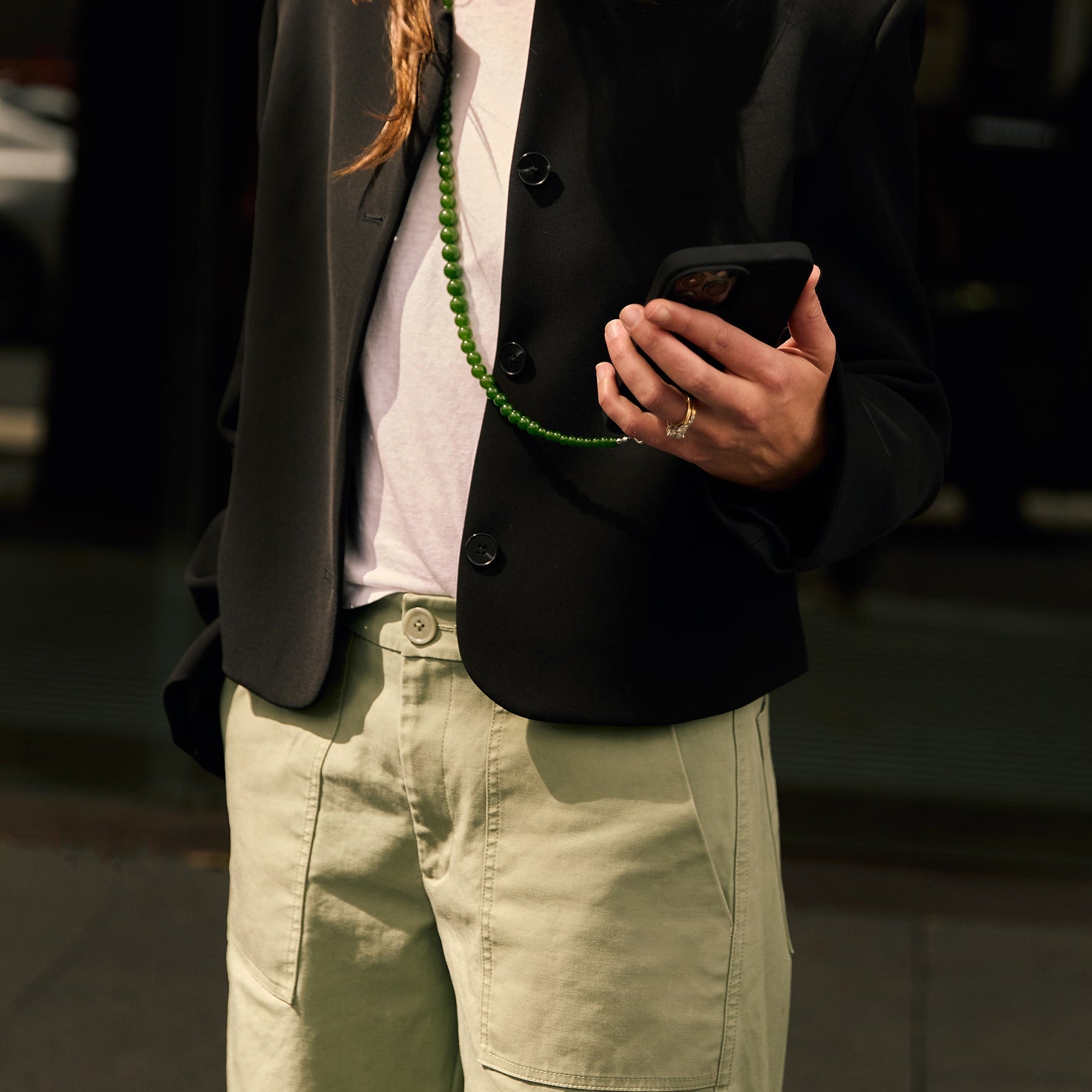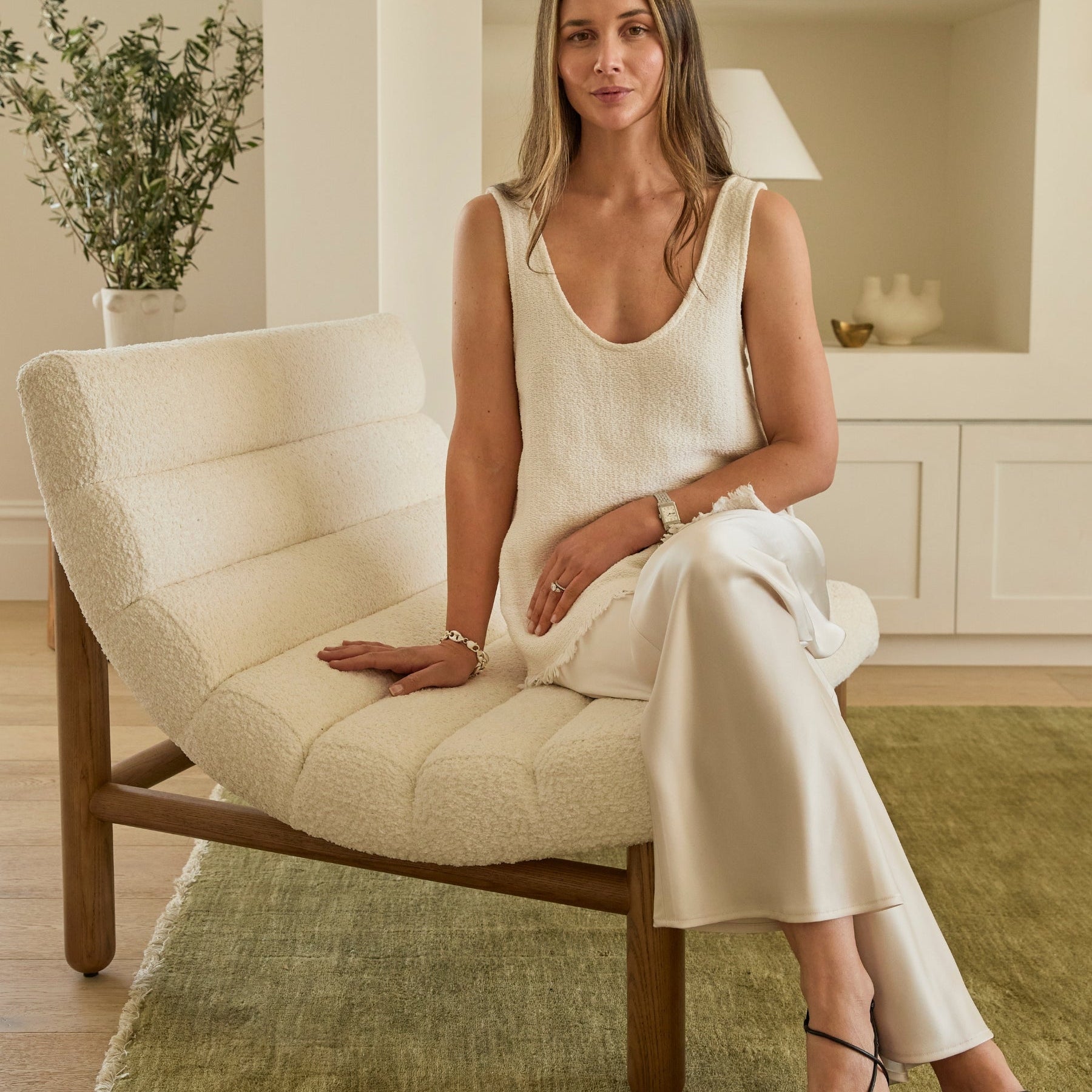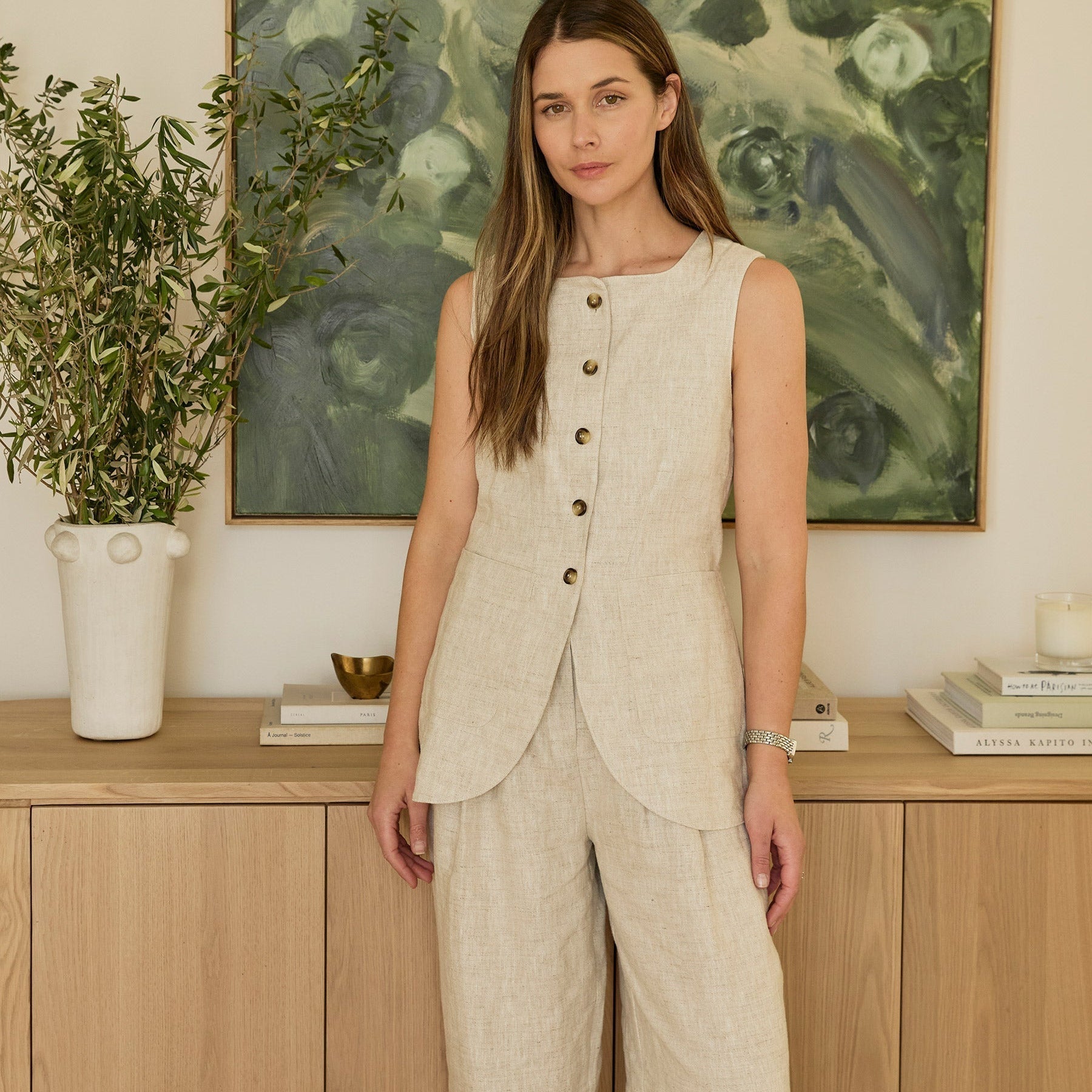What is Colour Theory?
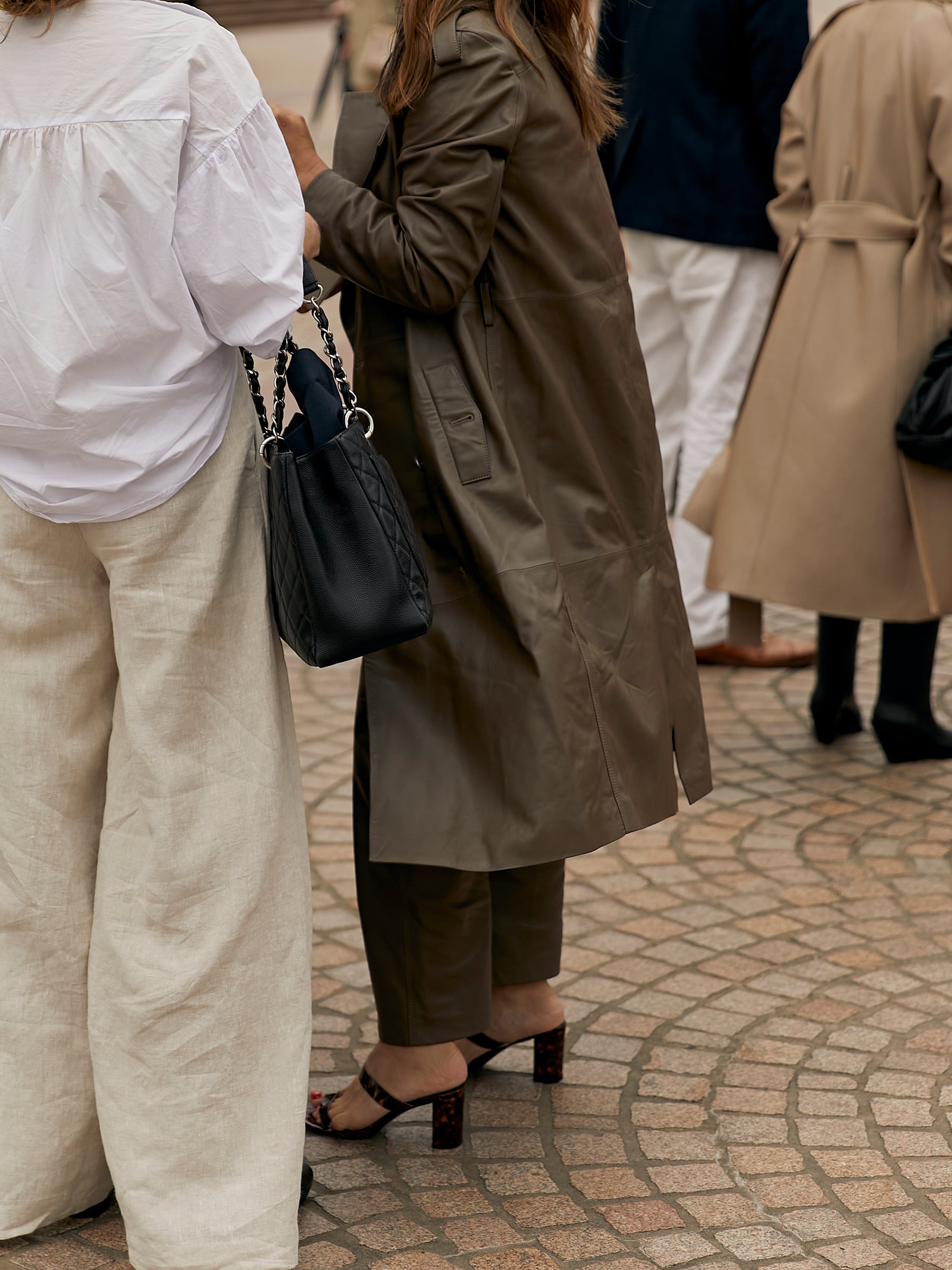
Have you ever heard someone proclaim that they are “an autumn”, and had no idea what they were talking about? This may have been a perplexing declaration in the past, but today you’re more likely to reply with “I’m a spring!” than with a look of utter confusion.
As is the case with many a modern concept, or tried-and-true idea that’s enjoyed a recent resurgence, it’s often our social feeds that are fuelling this interest — this is definitely the case when it comes to a refound curiosity around colour theory. Views for videos tagged with #ColourTheory on TikTok have reached multi-millions, with creators waxing lyrical about the accuracy of their colour reading results and urging others to follow in step. But where did this sudden want to ‘get our colours done’ stem from?
What Actually Is Colour Theory?
You’re likely aware of colour theory in its simplest form: certain colours on the colour wheel are harmonious and complementary to each other, and others completely repel each other. It’s a theory that’s been enacted predominantly in the art and interiors space — even in the beauty industry, with undertones and eye colour informing your foundation, blush and eyeshadow choices amongst many others — but is one that’s been subtly seeping into the world of fashion for decades.
It all started in the 1980s, when professional colour consultant and writer Carole Jackson released her book Color Me Beautiful, in which she declares that “no matter what kind of clothes you like to wear, the right colours can make the difference between looking drab and looking radiant!” Let us all just relish in the retro phrasing for a moment… Within Jackson’s definition, you fall into one of four seasonal categories: the warm-toned Spring and Autumn, or the cool-toned Summer and Winter.
As is often the case in this post-modern, virality-driven era we’re living through, the trends that go around come back around again: in the case of fashion colour theory, not only has it come back around, but it’s been applied to a more granular degree than ever before.
How To Use Colour Theory For Fashion Today
Today, there aren’t just four primary seasons, but instead 12 sub-seasons that very specifically relate to different skin tones, and eye and hair colours. The terminology varies slightly when it comes to those sub-categories, but a common way of breaking down each season is ‘dark’, ‘true’ and ‘soft’. We could go on, but we’re going to let this very succinct guide talk you through determining your seasons and subseasons.
Captivated by theory’s ability to accurately determine the series of colours that are most complementary to you, an entire subsection of the styling industry has been dedicated to colour analysis. What does it involve? Put simply, you’ll have a white sheet placed over your body leaving just your head exposed (hair colour, particularly when it’s not natural, can sometimes also be concealed). Then, colours are placed next to your face so you can psychically see how you visually change against the backdrop of different hues and tones.
For those who aren’t quite ready to invest in an in-person colour analysis service — which anecdotally will run you a few hundred dollars — TikTok would be your next best resource, breaking down fashion colour theory in simpler terms, and proving the immediate impacts of wearing your correct (and incorrect) colours. The social platform has even utilised A.I. to create a kaleidoscopic filter intended to virtually assess your season. Even off TikTok, you can still tap A.I. to determine your season, as explained by this creator.
But we needn’t go on — if you’re actively seeking your ideal colour matches, you’ve likely already run through each and every step listed above. What we’re instead wanting to explore is whether or not the ‘seasons’ should rule each and every one of your styling decisions. Is it truly the best way to curate your wardrobe? Or is it working against us?
Does Colour Theory Actually Help You Get Dressed?
Some sing its praises. On a recent episode of the Style-ish podcast, co-host Joanna Fleming recounts her colour analysis experience as something that completely changed the way she dressed, the way she shopped, the way she styled her outfits. To her, colour theory reaffirmed her styling choices and reassured her about what looked good on her. “I think realistically we all just want to feel confident and look our best, and I think that’s what it did for me. I felt like it was transformative in that way, because I was like ‘oh that’s why that didn’t look good on me!’ It just made so much more sense why some outfits I put on [I didn’t look good in].”
Others have been a little more sceptical. Taking us on her hysterical journey of determining her exact season, writer Lauren Bans told us of her experience of consulting with not only three different colour analysis experts, but also TikTok filters — or as she puts it “sticking my face into the TikTok rainbows” — and A.I. treatments, only to be told that she is a different season by each of them. Finally settling on her closest match, a ‘golden spring’ (again, every method has slight variations when it comes to naming conventions), Bans took delight in finally determining her season, but that’s where it ended. She could see that certain colours complemented her better, but they weren’t realistically colours she would wear in her everyday.
“When I woke up the next day and took my colour fan to my closet with me to get dressed, I felt more exhausted than excited by it all. I didn’t want to get rid of all my black shirts, which, according to spring rules, I should. And even though I could see that coral and turquoise—two of my wow colours—looked very nice on me, I didn’t want to wear coral and turquoise. I don’t own coral or turquoise.”
It's experiences like these that many can relate to in their colour analysis journey, and completely puts others off of undergoing their own colour analysis for fear that they’re told their favourite hues don’t actually suit them.
Viral stylist Allison Bornstein sits somewhere in the middle of Fleming and Bans — acknowledging the benefits of getting your colours read, she also advises that we all take these seemingly hard and fast colour rules with a grain of salt.
What If Colour Theory Is In Direct Opposition To Your Personal Style?
Bornstein warns that those who aren’t so in tune with their personal style should be wary of colour analysis. “If you're somebody who is still finding their personal style, I don’t think this is necessarily the first stop on a personal style journey,” she explained in a TikTok that took a critical lens to the theory. She finds that, in unsure hands, colour analysis can prove overly complex and confusing, and leads some to hyper-restrict what they wear under the impression that it doesn’t suit them, leaving little to no room for experimentation or trust in your own taste.
That doesn’t mean that applying colour analysis to your clothing should be abandoned all together, you just have to use it wisely.
Bornstein suggests that only those confident in their personal style should then consider delving into colour analysis, using it as a secondary resource in their styling process rather than an initial determinate approach. “If you get your colours done… and you use that information purely to understand why some things work better than others, then I think that is excellent. I actually find that these types of tools are better for people that already have a good handle on their style and a good handle on what they like, because this can be very validating.”
To those who aren’t ready for the rigours of the complete colour analysis, Bornstein offers a slightly more simplistic and forgiving take on the process with her “high contrast vs. low contrast” approach. Introducing a little autonomy into pre-prescribed dressing methods, and tapping into your existing tastes and sartorial instincts, the stylist urges you to look at your own fashion mood boards to determine whether you gravitate more to high contrast (or graphic), or low contrast (more tonal), looks. Sometimes you’ll find you’re drawn to both, and that’s ok! In a similar vein, you can also determine whether your own complexion is high or low contrast — informed by the level of contrast between your skin tone, and your hair and eye colours — and let that lead your styling preferences.
The Colour Theory Loophole
In order to implement its rules in a conscious, responsible, and ultimately forgiving way, we suggest this one amendment: rather than clearing your wardrobe of any colour that isn’t considered complementary, instead allow your colour analysis learnings to guide your future purchases, and use it to learn more about how these colours can complement your natural features. In doing this, you’ll begin to instinctively filter out colours in the purchasing process that ‘don’t look quite right’ on, and by extension, lessen the potential for clothing to go unworn and introduce ease into everyday dressing.
When it comes to your existing pieces that don’t necessarily fall within your chosen seasonal colours, but that you couldn’t possibly part with, you can meet your old and newly-styled self in the middle by placing these ‘not so perfect’ colours in the bottom half of your look, or away from your face and all its determinative features.
Ultimately while all these new learnings are definitely enlightening, you should still leave room for flexibility, experimentation and your own sartorial instincts even while putting all your new colour analysis learnings into practice. If you love wearing something, and you feel good in it then don’t overcomplicate your dressing and just wear it! Keep wearing that black or grey or whichever colours you gravitate towards. And if you’re told you suit lime green, but hate lime green, then don’t wear it.
Rather than treating it as the fashion rule to follow, consider colour analysis another tool to keep in your dressing tool kit, if you are in fact even looking for more validation or information on your style. In short, take what you want from your colour analysis and leave the rest.

